Coyote predator hunting is a thrilling yet challenging pursuit, blending skill, patience, and strategy. While it’s a popular activity among hunters, there are several aspects of coyote hunting that may not be widely known. Here’s a rundown of five things people might not realize about this exciting sport.
1. Coyotes Are Highly Intelligent and Cautious
One of the most fascinating (and frustrating) aspects of coyote hunting is their incredible intelligence. Coyotes have adapted to human environments and developed keen survival instincts. They can easily identify hunting patterns and avoid traps. Their ability to recognize danger, often by detecting human scent, makes them difficult to hunt. That’s why hunters need to be exceptionally stealthy, using the wind to their advantage and setting up in the right spots.
2. Predator Calls Play a Crucial Role
Many hunters rely on predator calls to lure coyotes into range, but it’s not just about making random noises. The calls must imitate the sounds coyotes make to attract them effectively. These include distress calls from injured prey or mating calls from other coyotes. The timing and volume of the calls are crucial, and using electronic callers has become increasingly popular. They can replicate a variety of sounds, increasing the chances of drawing in coyotes that are otherwise too wary to approach.
3. Night Hunting Can Be More Effective Than Day Hunting
While many think of hunting coyotes during the day, night hunting can be even more effective. Coyotes are often more active at night, particularly during the colder months. They rely on their heightened senses of sight and smell under the cover of darkness, making them less suspicious of hunters. Night hunting allows for greater visibility with the help of spotlights or night-vision equipment, and it’s easier to sneak up on them without being detected.
4. Coyotes Are Social Creatures with Complex Communication
While coyotes are often seen as solitary hunters, they are actually highly social animals. They live in family units and communicate through a range of vocalizations, including howls, yips, and barks. This social structure is crucial for hunters to understand, as certain calls mimic group dynamics, which can trigger a coyote’s natural curiosity or territorial instincts. For example, using a group howl or pup distress call can provoke an adult coyote’s protective nature, making them more likely to approach.
5. Coyote Hunting Can Help Balance Ecosystems
While coyote hunting is primarily done for sport, it also serves an ecological purpose. In areas with high coyote populations, they can impact local wildlife populations. By hunting coyotes in certain regions, hunters help maintain a balanced ecosystem. Coyotes are known to prey on smaller mammals, birds, and even livestock. By keeping their numbers in check, hunters can protect vulnerable species, reducing over-predation that could threaten other wildlife.
Conclusion
Coyote predator hunting is an activity that combines strategy, patience, and knowledge of animal behavior. The challenges of hunting such an intelligent, adaptable predator can be daunting, but understanding their habits, communication, and tendencies is key to success. Whether for sport or ecological reasons, coyote hunting provides a unique opportunity to engage with nature while honing the skills of a seasoned predator hunter. With the right equipment, techniques, and respect for the animal, it can be an exhilarating and rewarding experience.
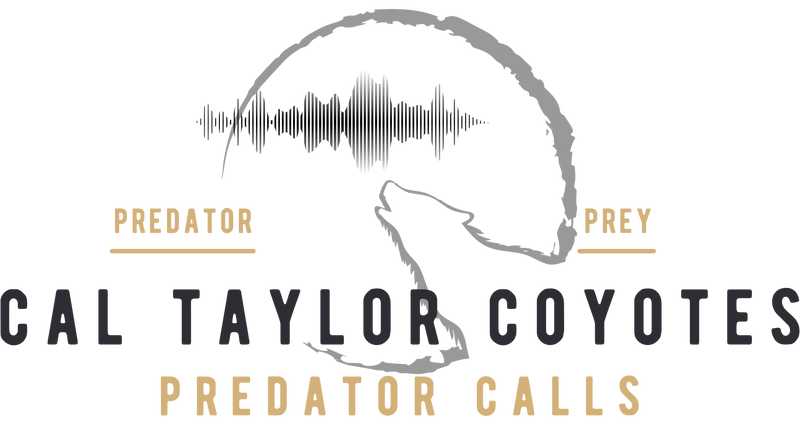

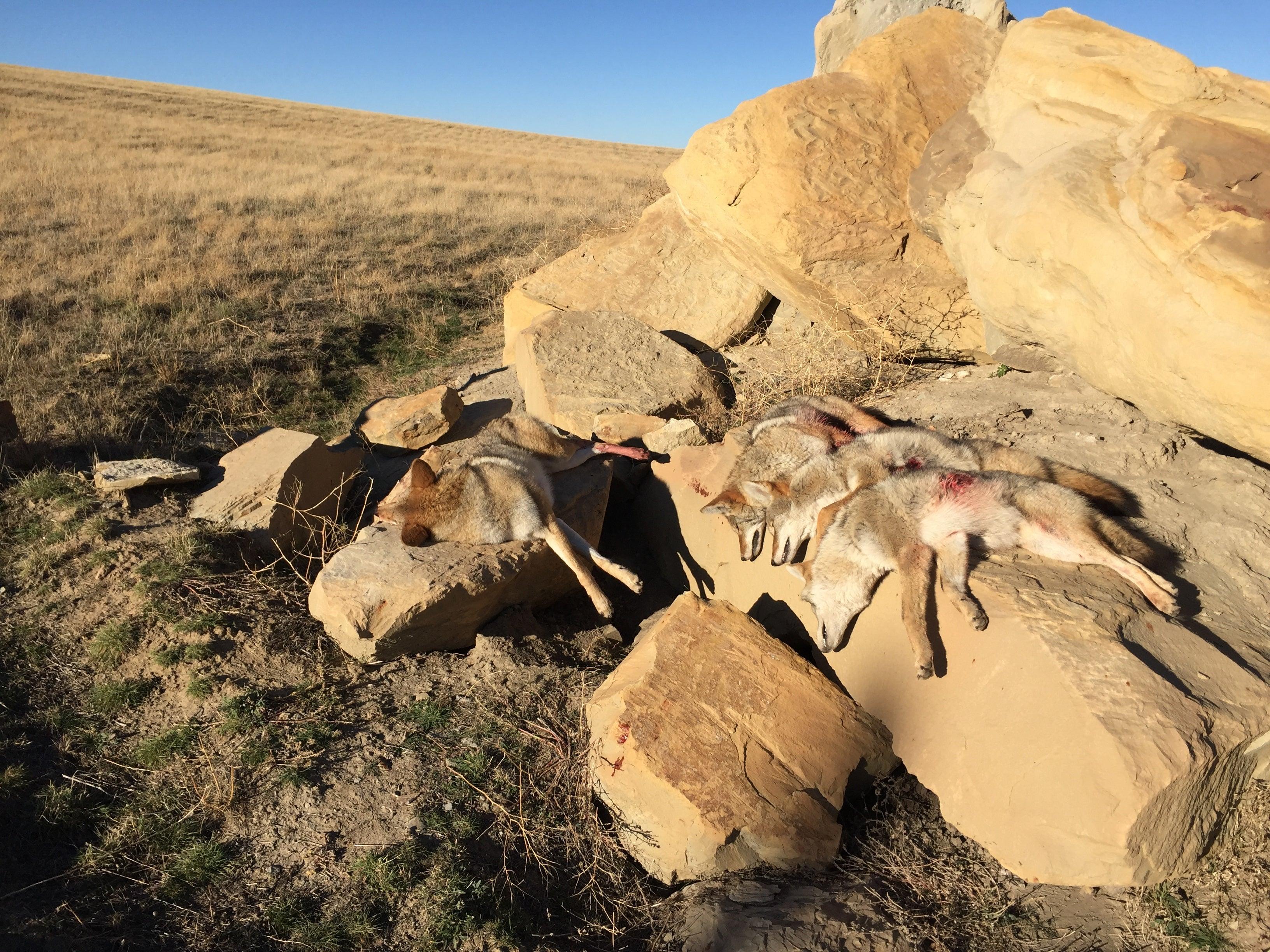


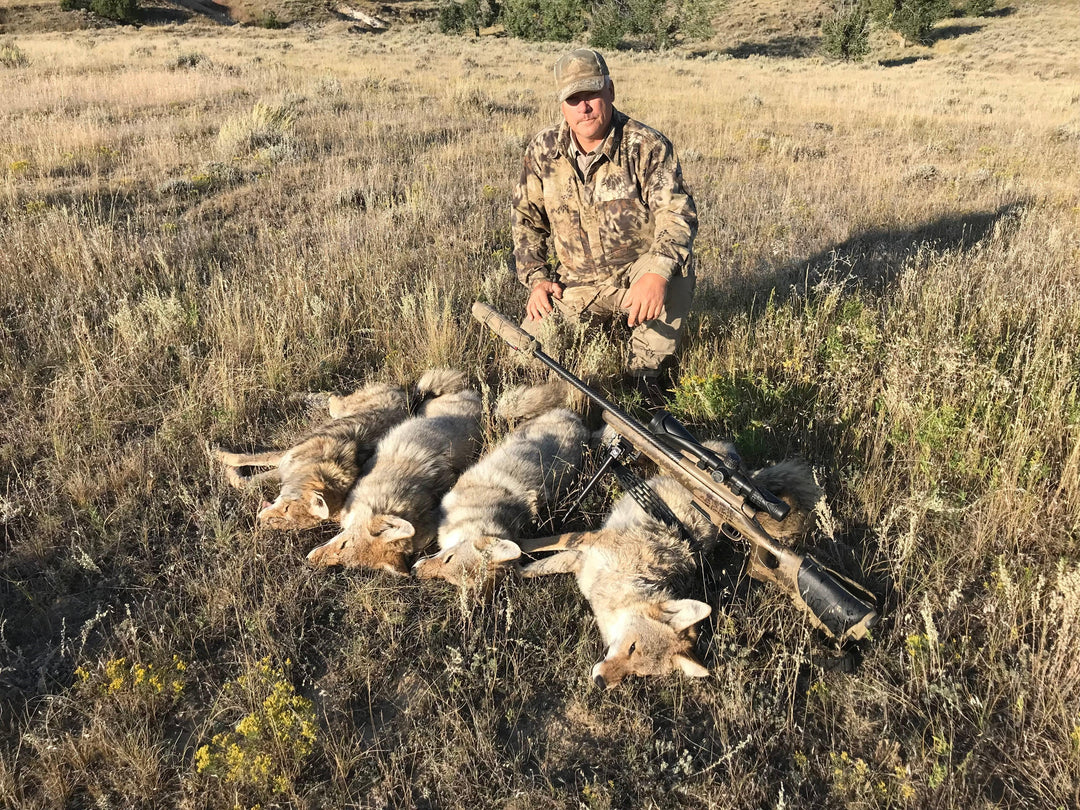
Leave a comment